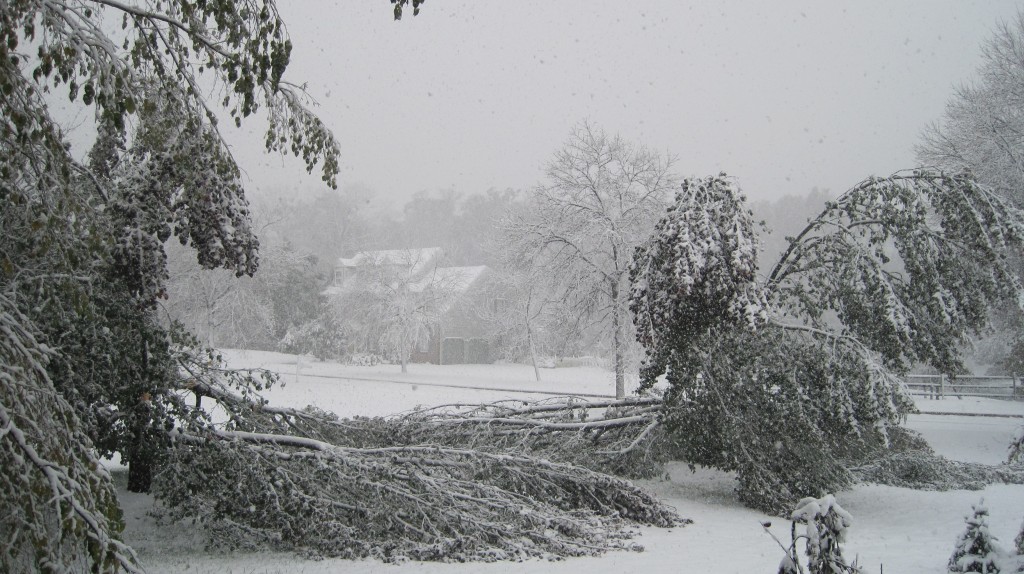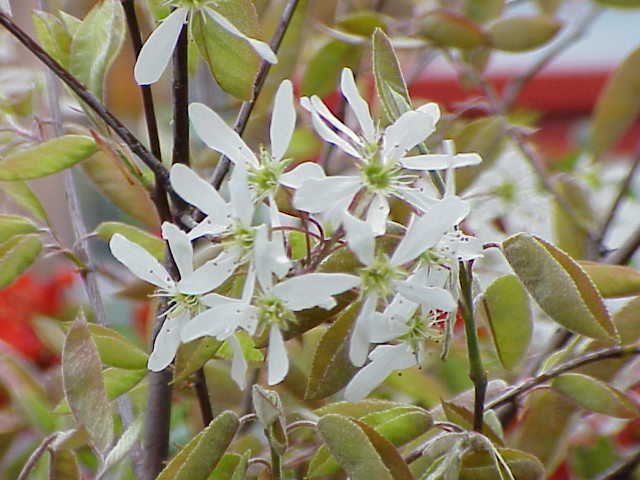by John Humphreys
It was an easy winter in the North-East. A few minor snowfalls ” an inch or so ” and tons of sunny days. And we have entered spring with some marvelous weather too.
But we were dreading what winter might have in store when, last October 29th, an ice storm of great ferocity came through, tearing down trees right, left, and center. Our prettiest trees, two Bradford Pears that had been planted when the house was first built, were literally rent limb from limb, to make the front yard look like a mythical giant had sat on both. The lawn was full of branches! And the power was off for over 24 hours (yes, I know, we had it easy). On the news, all I could see were trees down, and a lot of them seemed to be that species of pear, whose branches snap rather than bend when laden with snow or ice.
 Over the subsequent months, our development was filled with the sound of chainsaws, tidying up.
Over the subsequent months, our development was filled with the sound of chainsaws, tidying up.
And now the spring, and how to replace these trees? Well, we liked the feeling of openness, but I needed something. The challenge is digging deep enough holes for replacement plants ” even when the stump is ground down, there are an awful lot of dead roots to navigate around. One tree was replaced with some nice low conifers and a dogwood (attractive year round with flowers, berries, and glistening red bark). The other spot needed more thought ” at least one flowering tree was called for and I wanted something native (attracts more wildlife) and something that worked hard for the garden. Service berry (Amelanchier) was the obvious choice for me in Pennsylvania– beautiful flowers, berries for the birds, and autumn color.
(Amelanchier grandiflora picture by Kurt Stüber)
I have another hole ready dug for a native oak “just have to find a nursery that can get me one that doesn’t cost an arm and a leg.
Winter, spring: death and renewal. Easter being in the spring makes the agony of the Garden and the Cross transmute into the joy of the Resurrection all the easier. And the more wildlife-friendly plants you pour into the garden, and the fewer pesticides you use, the more joyful Nature will be.
Fill the air with birdsong: O all ye fowls of the Air, bless ye the Lord: praise Him, and magnify Him for ever.
You can follow more of John’s writings at http://wildlifegardening.org.












